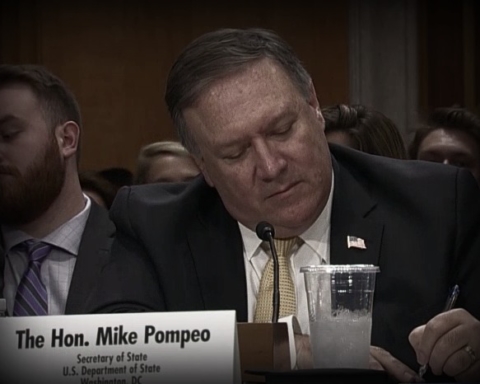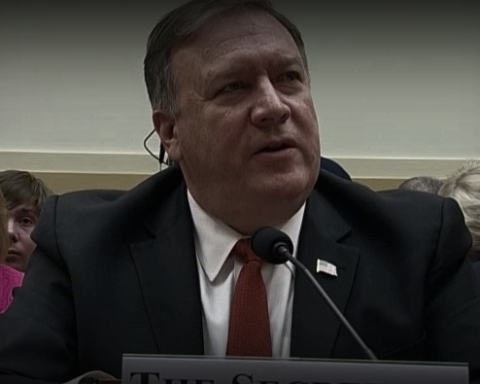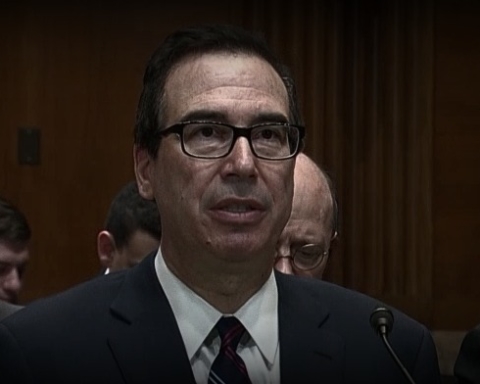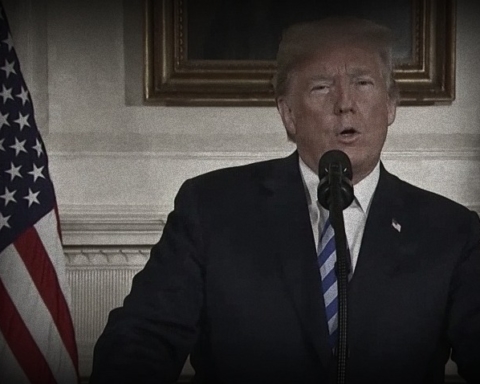Nearly half a billion dollars spent by the US government to develop Afghanistan’s mining industry is at risk of being wasted, according to a Department of Defense inspector general investigation published Thursday.
The majority of the projects that raised concerns internally originated from a now-shuttered Pentagon agency that has already been accused by the comptroller several times of profligate spending in the impoverished, war-ravaged nation: the Task Force for Business and Stability Operations (TFBSO).
Special Inspector General for Afghanistan Reconstruction (SIGAR) John Sopko reported that after spending $215 million over five years to help develop Afghanistan’s natural resources, TFBSO left the country “with nearly all of its extractive projects incomplete.” Of the eleven task force projects reviewed by SIGAR, only three “generally met objectives.”
One of those three, however, was a $5.1 million contract to build a compressed natural gas filling station. SIGAR previously described the project as “ill-conceived” after total construction costs ballooned to $43 million.
In a separate matter, TFBSO was criticized last month by Sopko’s office for spending $150 million on lavish “villas” and personal security contractors for Pentagon employees. SIGAR stated in the report that “it is unclear what benefit the US received” from the expenditures.
In its report on the mining industry, SIGAR did qualify its criticism of TFBSO, attributing its “apparent failure to complete much of its work…to a variety of circumstances both within and outside its control.” It added that persistent security challenges and inadequate infrastructure continues to hinder development of Afghan mining.
The report also highlighted a fundamental disagreement between the Afghan government and US advisers over how to structure the national mining industry–a dispute that, SIGAR says, could lead to American aid being wasted, one way or another.
While the TFBSO and USAID leaned on the government to promote medium and large-scale mining businesses, the Afghan Ministry of Mines and Petroleum (MoMP) believes in a small scale or artisanal mining model.
Non-governmental groups monitoring the situation have said this has lead to a corrupt, opaque process. Integrity Watch Afghanistan informed SIGAR that as many as 1,400 mines are operating illegally in the country—well above the 300 mines that are properly licensed and paying taxes according to the Afghan government.
Organizations also expressed concerns to SIGAR that the underground industry could fuel “a minerals resource war like that seen in the Democratic Republic of Congo.” They also warned that the “Taliban and other insurgency organizations receive income from illegal mining operations,” thus “turning artisanal mining into a source of revenue for the insurgency.”
USAID took the lead on hydrocarbon and mineral extraction development in Afghanistan in 2014 after TFBSO was closed. The development agency has obligated $200 million for The Afghan Ministry of Mines and Petroleum, but SIGAR recommended that USAID condition any future support to the ministry on “achieving milestones in the agreed upon plan.” The development agency concurred.
According to a TFBSO estimate, Afghanistan’s hydrocarbon and mineral resources are worth more than $1.1 trillion.





